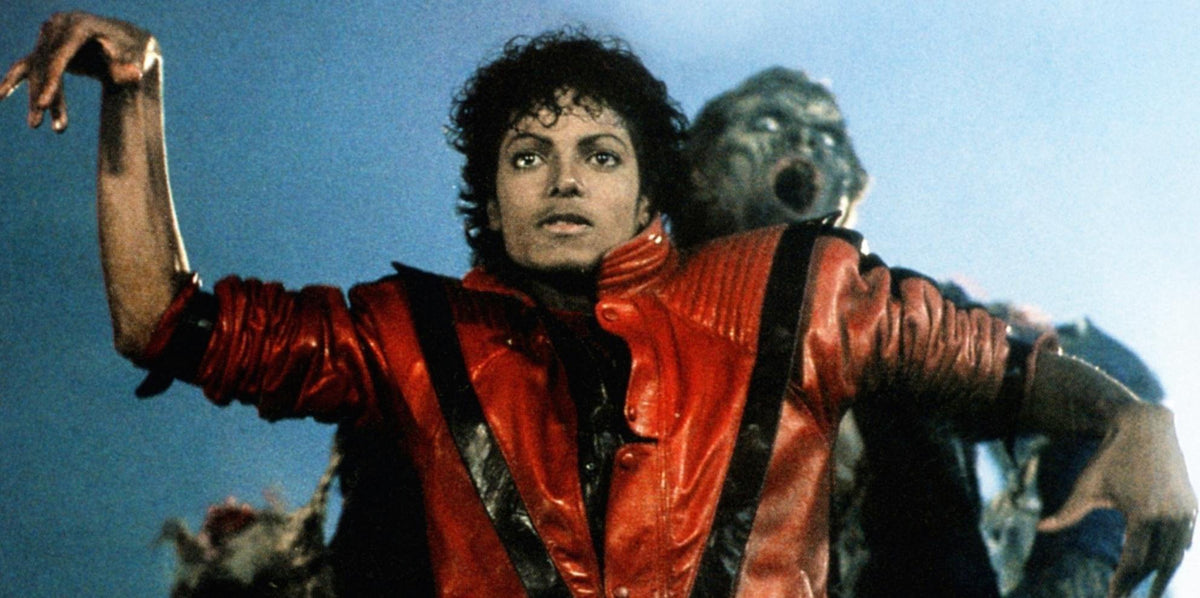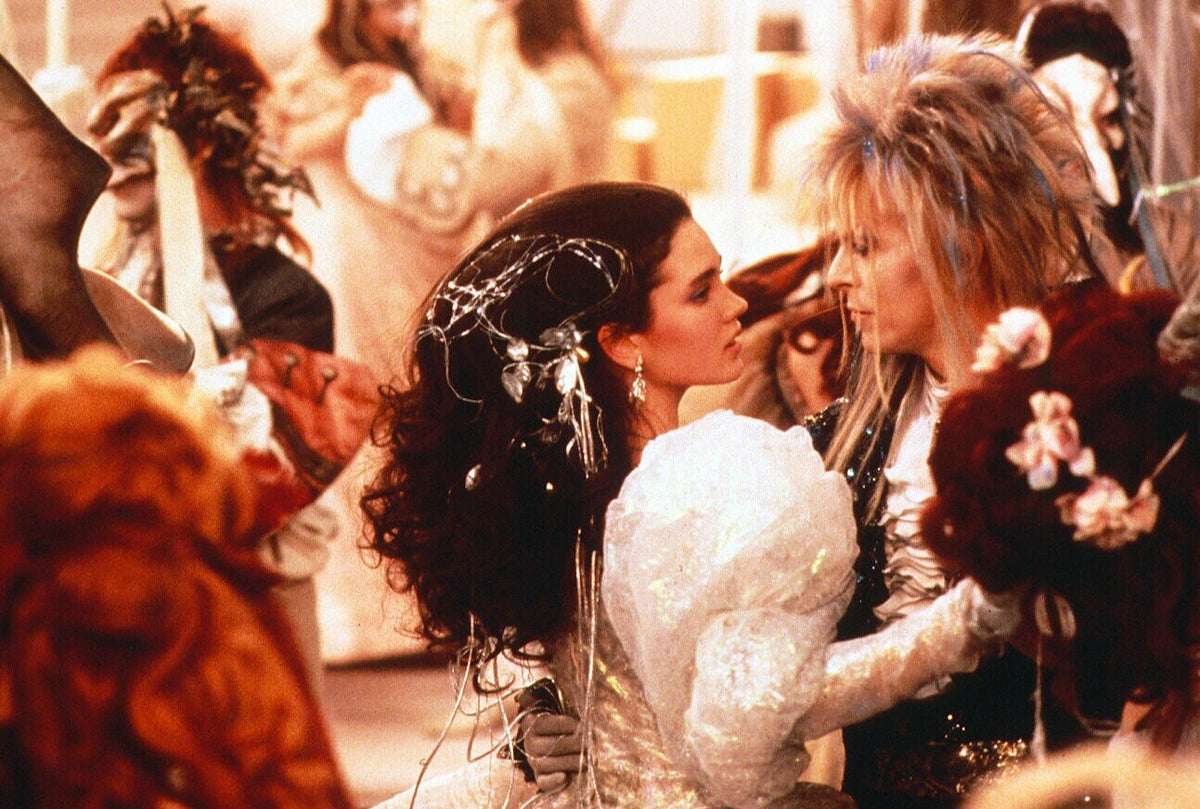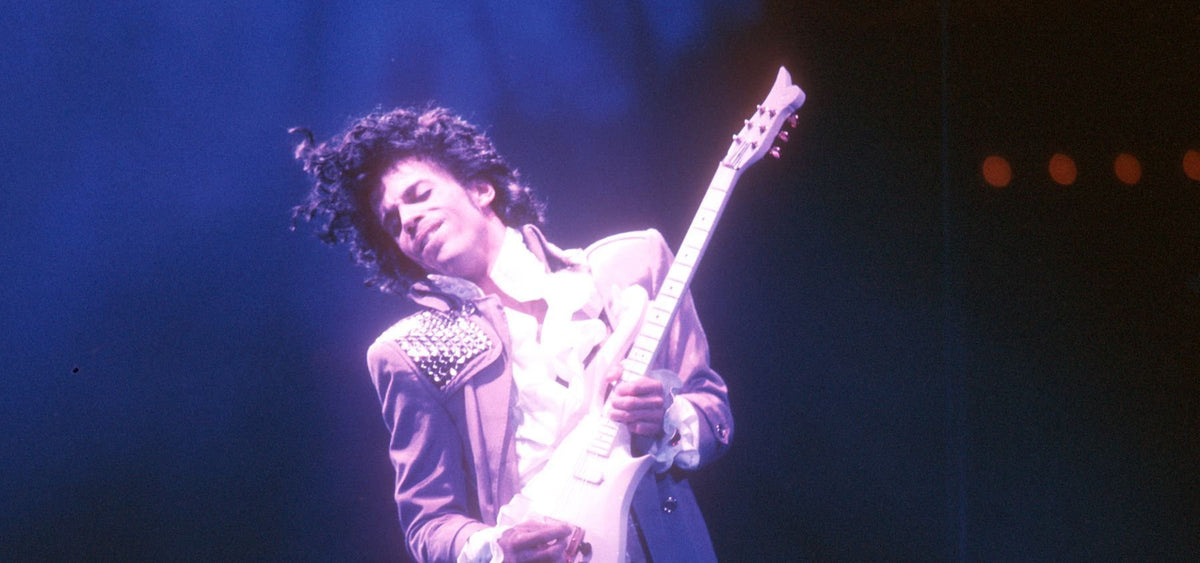The 10 Best Horror Movie Scores To Own On Vinyl
Some of the best film scores ever have been made for the horror genre. That genre in particular is ripe for audience manipulation — in fact, it is a moral imperative.
A great horror film score can foreshadow an ominous happening, misdirect the viewer with red herring themes or heighten the terror. Music is necessary to establish the connection the viewer feels to the protagonists, so much so that the pulse races when a familiar score cue starts playing, prompting us to yell at the screen, “Don’t go in there, stupid!” Whether it’s hyper-frantic strings or straight-through-the-heart synthesizer lines, the score is a visceral part of the viewing experience, as much a part of the movie as the screams and blood-splatter seen on screen. Without the score, the visuals would lack tension and mood.
There are many great horror movie soundtracks but this list will focus on scores. Haunting, terrifying and sometimes funky, each one of these albums can set the spooky atmosphere for a Halloween party or unnerve trick-or-treaters coming to your front door.

Halloween II
I’m going to go out on a limb and say the better Halloween score is the one for its sequel Halloween II (1981), a souped-up gothic score with scattered electronic effects. John Carpenter collaborated with Alan Howarth and the result is more fleshed out, synth-heavy and menacing. It includes a variation of the original theme in the “Halloween II Theme,” eschewing the piano in favor of a synthesizer. “Laurie’s Theme” also makes a return, as it should considering Halloween’s final-girl Laurie Strode has to escape masked-killer Michael Myers once again, this time in a hospital on the same Halloween night as the first movie. And if you’re not squirming in your seat with the urge to run when “The Shape Stalks Again” starts then you’re just not listening. The tension of the music is felt throughout as Myers wreaks havoc on nurses and attendants, Strode struggles to survive and Dr. Loomis explores Myers’ motives and weaves new threads in the Halloween mythology in this first of many sequels and reboots. After all that, then you’ve got The Chordettes’ “Mr. Sandman” giving the ultimate closing credit WTF moment. A classic.

It Follows
It Follows (2015) may have played with the “sex kills” trope by making the curse pass from person to person through sex but it does so with seriousness and sensitivity. The movie is a riveting tale of a young woman, Jay, who becomes cursed and has to survive a relentless, seemingly invincible monster, struggle with impending death and make the horrible choice necessary to avoid it for as long as possible. Composed by Disasterpeace, the music’s atmospheric tones and dissonance are imbued with tension and anxiety. “Title” and “Jay” are moody pieces reminiscent of John Carpenter scores; “Jay” in particular does an exceptional job forging the sympathy we feel toward Jay. “Detroit” is a melancholy synth work of art heard through a drive through run-down neighborhoods as Jay and friends try to find answers. Disasterpeace also takes a cue from Psycho with the metallic screeches whenever the demon is near, as heard on “Old Maid” and “Father.” At times ambient and in-your-face, the It Follows score is perfect for horror fans that enjoy when a composer can honor influences while also making something their own.

The Exorcist
The Exorcist (1973) is the story of the demonic possession of a young girl, complete with pea-green vomit and head twisting, which scared audiences shitless upon initial release. But as with any great horror flick, it’s the build-up that lets the payoff at the end work so well. Part of this is the minimal use of music in the film, so when it is used it really adds to the atmosphere and heightens the horrific imagery. It’s kind of a cheat to include The Exorcist in this list since it’s not an original score; it’s a selection of pieces written by various composers, including Krzysztof Penderecki and Anton Webern, as well as prog-rock artist Mike Oldfield, but the chosen works expertly convey the strain and dread present throughout the story. Perhaps most well-known is Oldfield’s “Tubular Bells,” taken from his 1973 album Tubular Bells and it’s now pretty much known as the Exorcist theme. The rest of the music is frenzied and jarring, especially the selections from Penderecki like “Polymorphia” and “String Quartet.” But if you want to freak out the kids, play “Night of the Electric Insects” on repeat. Trust me.

Suspiria
If prog-rock horror music is your scene then Italian band Goblin’s score for Dario Argento’s Suspiria (1977) is the album for you. The movie, about an American ballet student named Suzy who encounters a coven of witches at a dance school in Germany, is known for its heavy use of gore and emphasis on color and visual style. Goblin’s experimental synths and hard-driving percussive style pair well with death scenes (“Witch” in particular) and Suzy’s journey through the school’s layers to figure out the truth and confront the coven’s leader. The title track hypnotically escalates from music box fairy-tale and interspersed whispers to all out prog-rock horror jam, which mirrors Suzy’s submersion in this fantastical landscape. The theatrics are deliciously over-the-top on “Witch” and “Sighs.” Then the album knocks you for a loop with the dreamy “Black Forest” and funky “Blind Concert,” but they only add to the album’s atmosphere. Finally, there’s another left turn with closer “Death Valzer,” which is an old-timey piano waltz. Suspiria may be a movie soundtrack but it could also function as a Goblin standalone album and it’s an absolute must-have.
And, if the 2018 score is what you’re looking for, we have it now here in the Vinyl Me, Please store.

Under the Skin
A surreal science-fiction horror film, Under the Skin (2013) stars Scarlett Johansson as an extraterrestrial impersonating a human driving around Scotland and picking up men for what they think will be a sexual encounter but instead they get consumed by a pool of black goo. The music, scored by Mica Levi, begins with these other-worldly strings buzzing (“Creation”) then we witness the horror of a victim being swallowed up (the sexy and frightening “Lipstick to Void”). Given one scene in particular, along with the name of the cue that accompanies it (“Meat to Maths”), it becomes clear these men are being harvested. The alien observes and interacts with humans but doesn’t take part until one day she does, exploring what it means to be a human woman, her change accompanied by the music’s transformation from mechanized repetition to something slower (“Lonely Void”) and later romantically melodic (“Love”). Levi’s score draws us in, provides a menacing feel to the horror of the alien’s actions in the beginning, incites sympathy when she tries to connect and becomes horror again when she is victimized in turn. Levi’s score lingers in your mind long after it has left your turntable.

Psycho
Bernard Herrmann’s score to Psycho (1960) is one of the greatest horror movie scores of all time. The sense of impending doom in the opening notes of “Prelude” alone is pure perfection. Herrmann used a string orchestra that can screech in your ears or drape melancholy like an oppressive blanket. Janet Leigh stars as Marion, who is in love with a man with financial issues and thinks he can’t marry her as a result (the romantic “Marion and Sam” despairs at the lovers’ predicament) so she steals a bunch of money from work (“Temptation” is a study in tension) and leaves town to be with him. The score emphasizes her guilt and paranoia on the drive out of town (“The Patrol Car” and “The Car Lot”) before she ends up at a motel for the night and just when you think Marion might be able to redeem herself, there’s the famous shower scene, which when paired with Herrmann’s “The Murder,” is pure terror. The original film score was reissued on vinyl several years ago to mixed reviews but I don’t think you can go wrong with the 1975 recording of Herrmann conducting the National Philharmonic Orchestra.

Near Dark
Near Dark (1987) is that other ’80s teen vampire movie about a young guy (Caleb) who falls in love with a vampire girl (Mae), turns into a vampire himself and has to deal with her vampire pack, but in many ways it’s the superior film. Directed by Kathryn Bigelow (Point Break and The Hurt Locker), Near Dark is a horror western that re-defined the vampire film, leaving out those pesky things like garlic and holy water. Drama, romance, struggling to survive in rural America (these vampires travel by Winnebago) and choosing between the blood ties that bind, this movie has it all, including a killer score by Tangerine Dream. Synth-heavy, full of guitar riffs (“Good Times” and “Rain in the Third House”) and moody motifs (the terrific “Mae’s Theme” as part of the track “Bus Station” and “She’s My Sister (Resurrection I)”), TD’s score is haunting even when the adrenaline is pumping in bar massacres and motel shoot-outs. My personal favorite is “Pick Up at High Noon,” where Mae first bites Caleb, their connection all too real and she runs away instead of killing him as she’d intended, beginning the film’s chain of events. This was TD’s 10th soundtrack album and ranks up there as one of their best.

The Thing
The Thing (1982) is a science-fiction horror film and the second film adaptation of John W. Campbell Jr.’s science-fiction novella Who Goes There? Directed by John Carpenter, it’s about a group of researchers in Antarctica and the paranoia that ensues as they try to survive an alien lifeform that assimilates and imitates living organisms, not knowing who’s still human and who’s a Thing. Rather than scoring it himself, Carpenter sought out famous composer Ennio Morricone. There are orchestral moments like on “Humanity (Part 1)” or “Despair” and also the freakish organ-filled “Humanity (Part 2),” but overall the score is minimalist, and has an air of a Carpenter score, which makes sense given that Morricone tried to make it sound more like his prior compositions. The music is cold and relentless, echoes of melodies swallowed up by chaotic, claustrophobic strings or single musical phrases ominously repeated endlessly, adding to the anxiety and desperation of the characters trying to save themselves and also not let the lifeform escape to infect the rest of the planet.

Beyond the Black Rainbow
Released in 2010, the science-fiction horror film Beyond the Black Rainbow takes place in 1983, and the film is appropriately grainy and awash in ’70s and ’80s color palettes. A young woman with psychic abilities (Elena) is being held in a New Age-style institute that was supposed to bring enlightenment to its adherents thanks to drugs and technology. The doctor in charge is a barely-veiled psychopath who is obsessed with Elena. She wants to get out and he can’t stand the human veneer he’s worn for the last 16 years. Cue the moody synth pieces and ambient space rock. The score from Sinoia Caves, the solo project from Black Mountain keyboardist Jeremy Schmidt, is powerful and hypnotic. “Forever Dilating Eye” plays over the opening credits and the portion heard in the film, complete with mellotron choir, only hints at the explosion of sound that occurs on the album version when the percussion kicks in. With very little dialogue, the film feels more like a slow-moving dream with the occasional blood-splattered death scene, the music and sound design doing their job to keep us entranced. Other album highlights include “Elena’s Sound-World” and “Run Program: Sentionauts.” Fans of Tangerine Dream and synthwave need this album in their lives.

Hellraiser
Clive Barker’s directorial debut, Hellraiser (1987), is about as goth and S&M a combo as an ’80s horror movie can get. Christopher Young’s score is seductively punishing, overcoming the film’s low-budget look and giving it a regal atmosphere. Hellraiser tells the story of a man (Frank) who, lured by the promise of torturous pleasure, opens a puzzle box which summons a group of demons called Cenobites, who tear him apart. In a memorably gory sequence set to the piece “Resurrection,” Frank escapes and murderous mayhem ensues. Barker meant Hellraiser to be a serious film complete with gothic overtones, violence and eroticism. Young’s music is appropriately lush, utilizing an orchestra in addition to synth and industrial elements. Like the movie’s theme of pleasure as pain, the “Hellraiser” theme is sensual yet dark and “Re-Resurrection” is a furiously twisted waltz, which is beautiful yet hellish. “Seduction and Pursuit” is corrupted innocence as Frank’s niece Kirsty, having been confronted by the grotesque Frank, tries to figure out his ties to the box and unwittingly becomes a target of the Cenobites herself. Break out the leather and cat o’ nine tails if you’ve got them, this score demands it.
Marcella Hemmeter is a freelance writer and adjunct professor living in Maryland by way of California. When she's not busy meeting deadlines she frequently laments the lack of tamalerias near her house.
Related Articles
Join the Club!
Join Now, Starting at $36Pages








